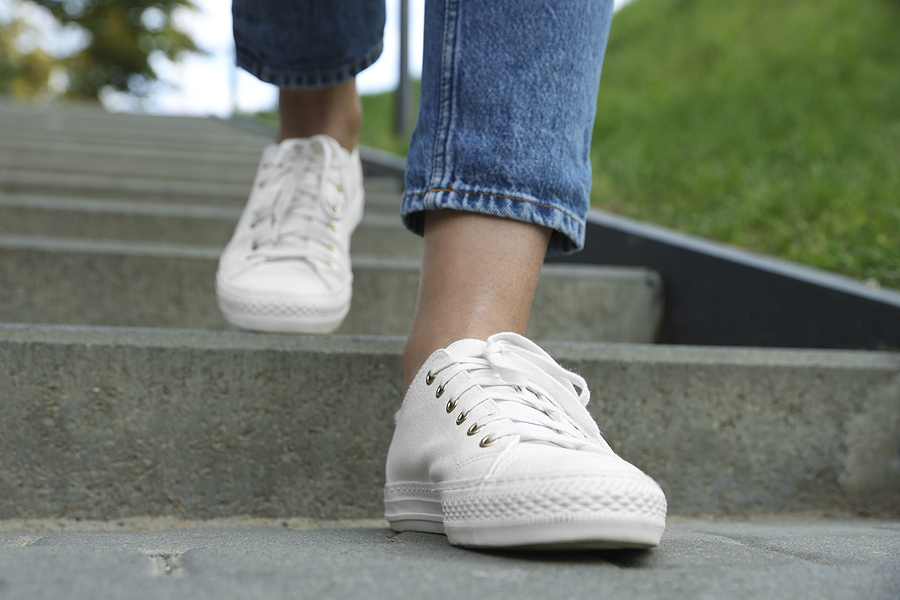Feel you want or need to do more — or something different — this year, but you’re not sure what? Here are some movement areas we all need to consider.
Ideally, we want exercise to be both enjoyable and tick the health boxes that matter to us.
And like diet it’s an insurance policy. Something we do to feel better now, but also an investment in how we want to live in the future.
Below I’ve listed the types of movements we need to carry out the tasks of everyday life.
Squatting. It’s the foundation of sitting and standing. We also need to squat when we do things like gardening, cleaning, or laundry. Squatting builds strength and stability in our lower half, and it’s a good example of ‘weight bearing’ exercise.
It’s also easy to practice at home. There are plenty of videos on the internet on how to do it properly, and a simple place to start is by sitting on a chair or bench and standing up.
Once you can do it with good form, you can add a little weight Lots of us have dumbbells gathering dust in cupboards, but if you don’t, they’re easy to find. Start light and build up gradually. (Or if you don’t have weights, hold the squat for longer so your muscles get to do more.)
Balance. Like strength, if we’re not building it, we’re losing it. And we need balance even for basics like putting on our undies.
Your starting point might be to stand with your feet close together and close your eyes. Are you stable or do you start to sway? (Stay safe — make sure you have something fixed like a wall or kitchen bench to support you.)
Then try one leg, eyes open and build up to being able to stay for at least 30 seconds on each leg.
Keep challenging yourself: balance in shoes, in bare feet if your feet can manage that (use carpet or an exercise mat if they need more padding), on different surfaces, moving the airborne leg around, moving your arms, leaning forward, eyes half shut, having a conversation. Stand on one leg to put your socks on.
Another test is to put a strip of tape on the ground and walk along it as though it’s a balance beam.
Getting down on the floor and back up, ideally with just one arm for support. If you can’t do that, just do it however you can, but make sure you can do it. Because if we end up on the floor we have to be able to get up again.
As an exercise try getting down on the floor a few times then getting up again using a different lead hand or foot each time. Unless you have a sore bit you can’t push up with; don’t hurt yourself.
Walking up and down stairs. Even if we don’t have them at home, stairs pop up in all sorts of places — theatres, stadiums, getting on and off planes, other people’s homes. We need to know how to tackle them, but we also need enough leg and glute strength. Squatting can help with that.
Lifting and carrying. Includes bending to pick things up from the floor and putting them down again. Groceries, suitcases, pets, pot plants. We need to know how to use our upper and lower bodies along with a strong core to protect our back.
Grip strength. For carrying a full kettle, jug, or saucepan or taking those horrible hard lids off jars.
Walking or the equivalent. Ideally, we’d all have our version of this because it gives us stamina if we can build it up. If you can’t walk maybe you can swim, walk in the pool, or cycle. Of course, you could dance instead of walking.
If you walk, try not to take the same route over and over. Mix it up. Gradually add hills or increase the tempo if you can, or try going for longer.
Foot mobility. I’d also add the need to maintain movement through our feet. Stiff feet are weak feet, so try ‘piano playing’ with your toes, toe spreading, or rolling your foot over a tennis or golf ball to massage the tissues.
Keep ankles and Achilles tendons mobile with calf stretches. If our ankles are stiff our knees and hips are likely to be stiff too.
Neck, shoulder, and upper back mobility. It’s easy to get stiff and tight through these areas, especially if we do desk work or use devices such as phones or laptops a lot. Stretching, yoga moves like cat-cow, and rotational exercises help.
But we also need to strengthen our backs and learn to hold our heads and shoulders in the right place.
The recipe won’t be quite the same for everyone. Maybe you have a garden and need to get more stable because you’re often working on uneven ground. Or you’re a painter or a cooking enthusiast, so you’re on your feet and using one arm and shoulder a lot. You need general strength, but especially in your upper back, and good neck and shoulder positioning.
A few questions to ask yourself:
- Are there things I do that have become harder? Have any of the movements above gotten harder? Are there things I avoid because they’re too hard? Don’t brush this off as just ‘getting older’.
- Are there injuries or niggles I’ve had more than once in the last year? That might suggest a habit or a weakness to focus on.
- Are there health issues I want to address that exercise can make a difference to?
- Am I feeling as good as I could in my body and mind? Because exercise is the number one investment in our physical and mental health.
The answers to those will help to shape your exercise routine. Need balance? Consider tai chi. Strength? Some form of resistance training. Mobility? Yoga could help. Or seek out programs that offer all of the above. And if you want to ride, walk, or swim, but not by yourself, there are groups.
Of course, you want exercise to be something you look forward to, and maybe it’s a social thing too, but whatever you do and however you do it, make sure you also have one eye on what you physically want or need to do in years to come.
Then train for it now.
Photo Source: Bigstock

